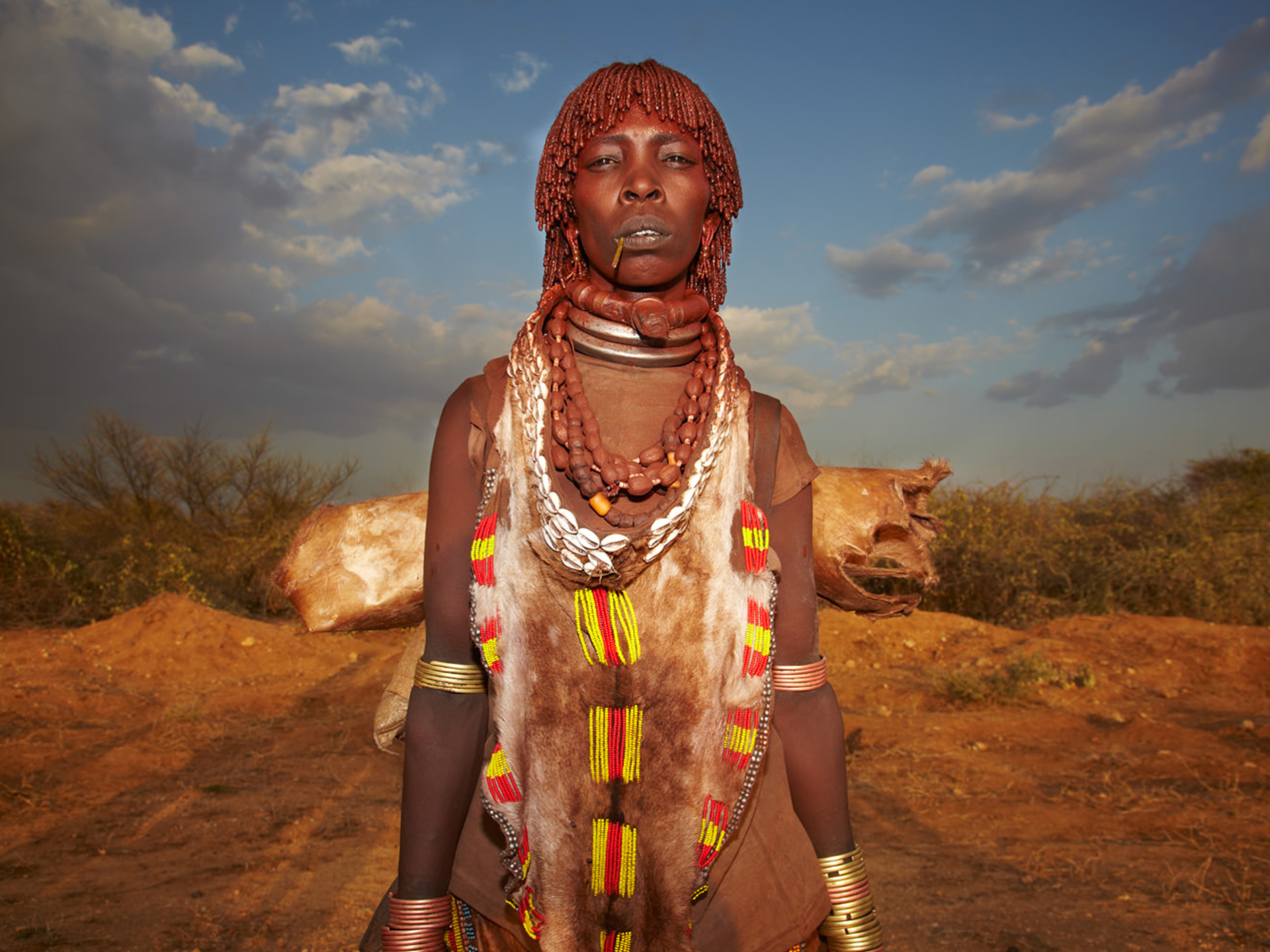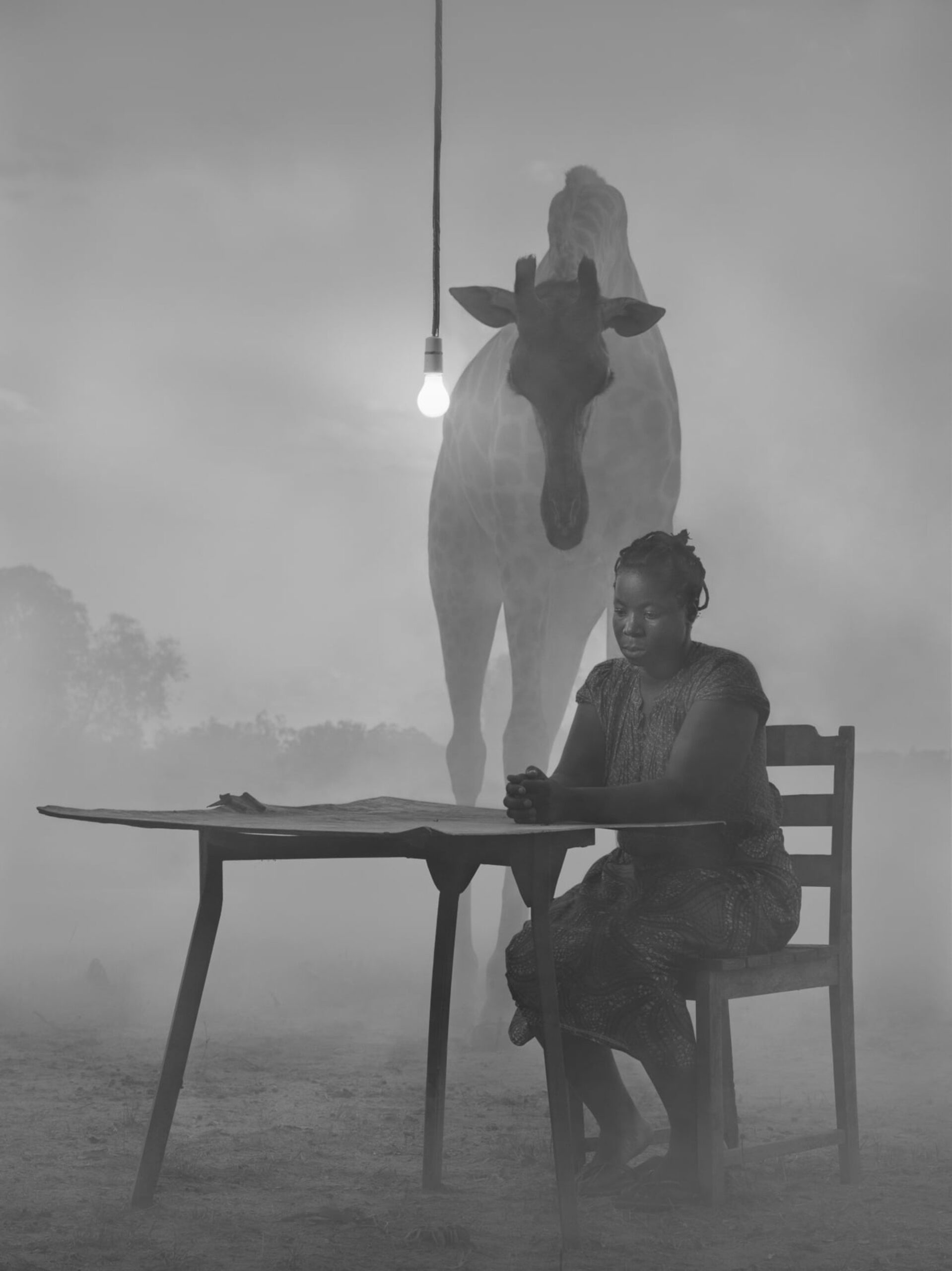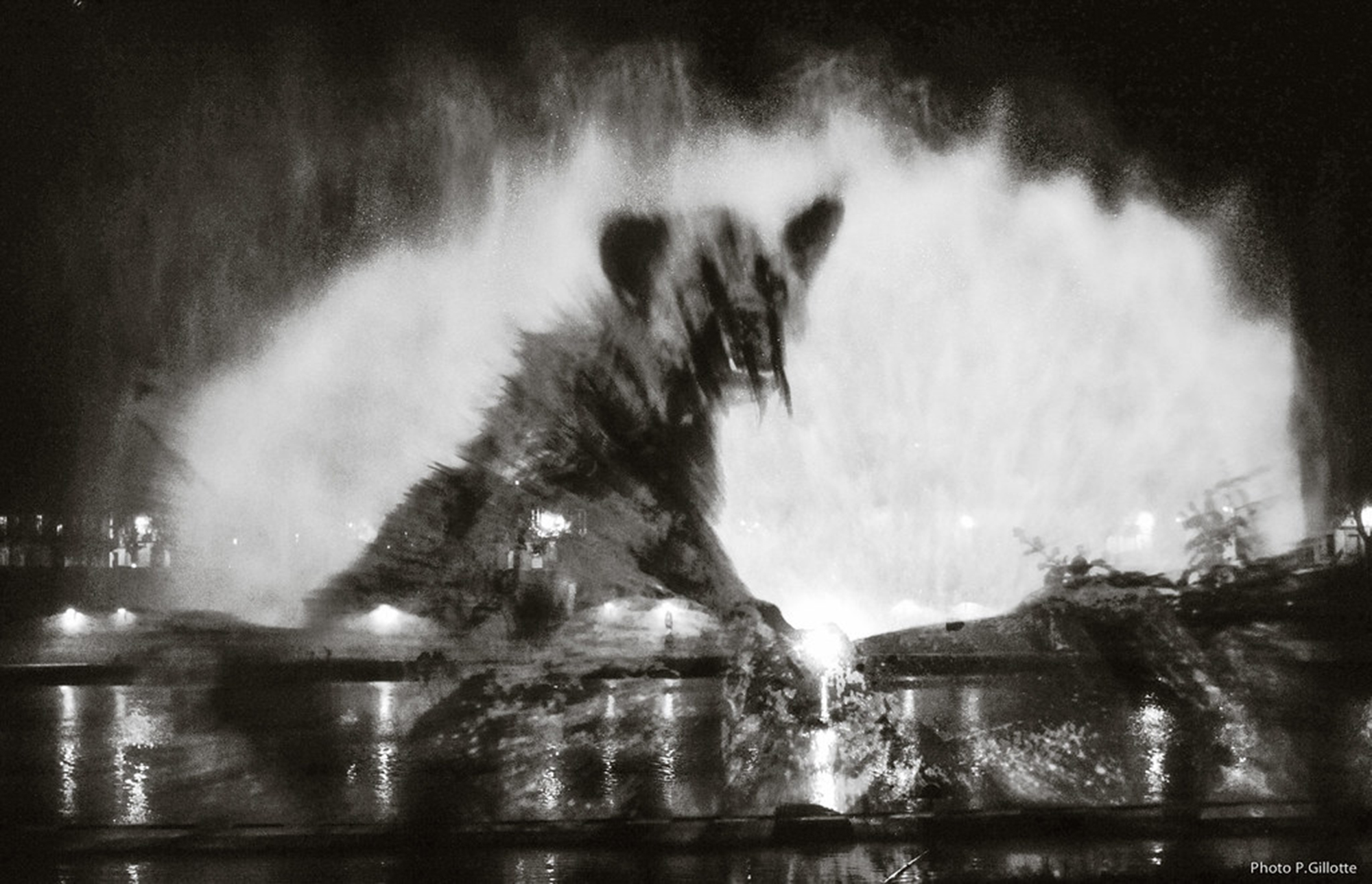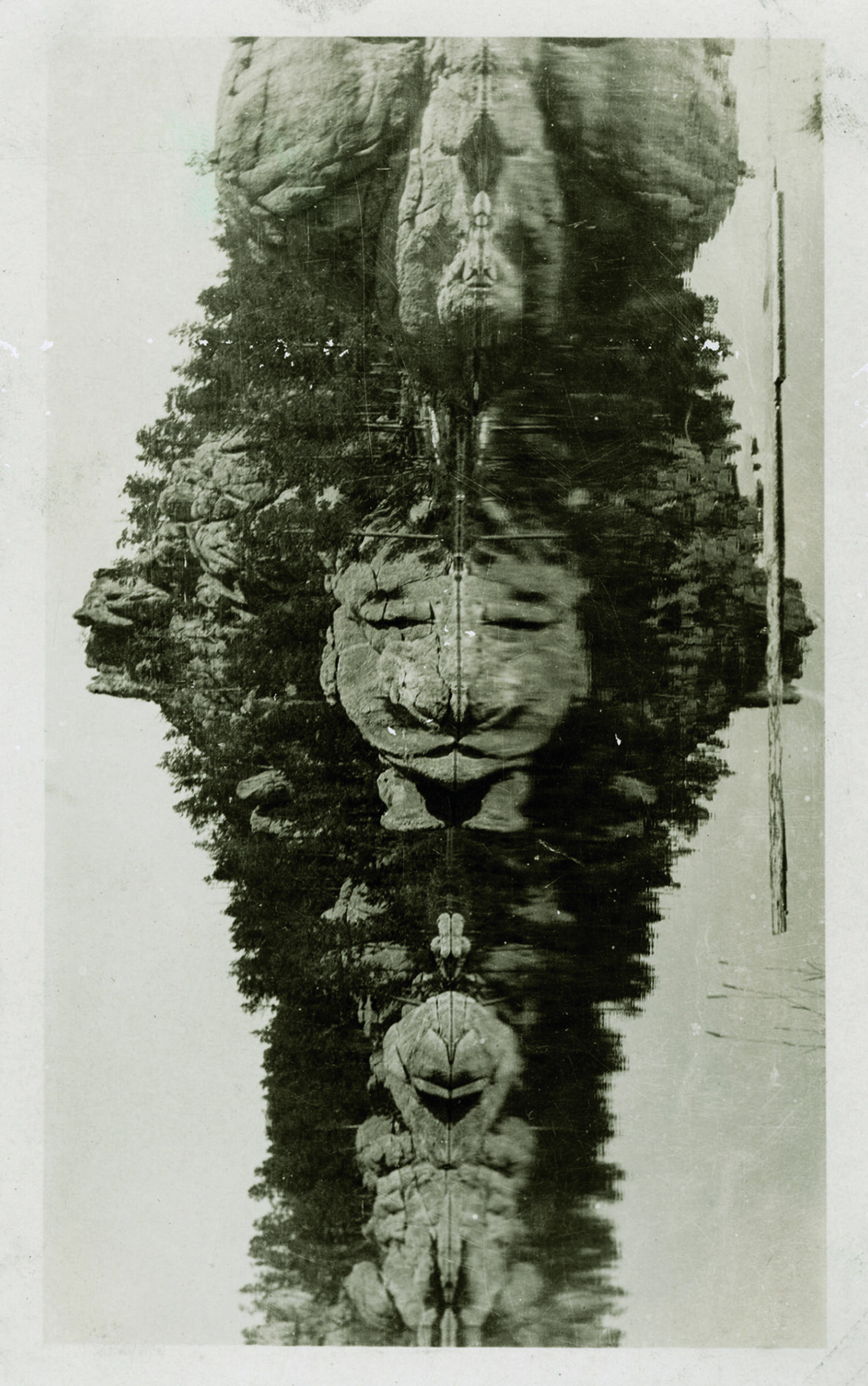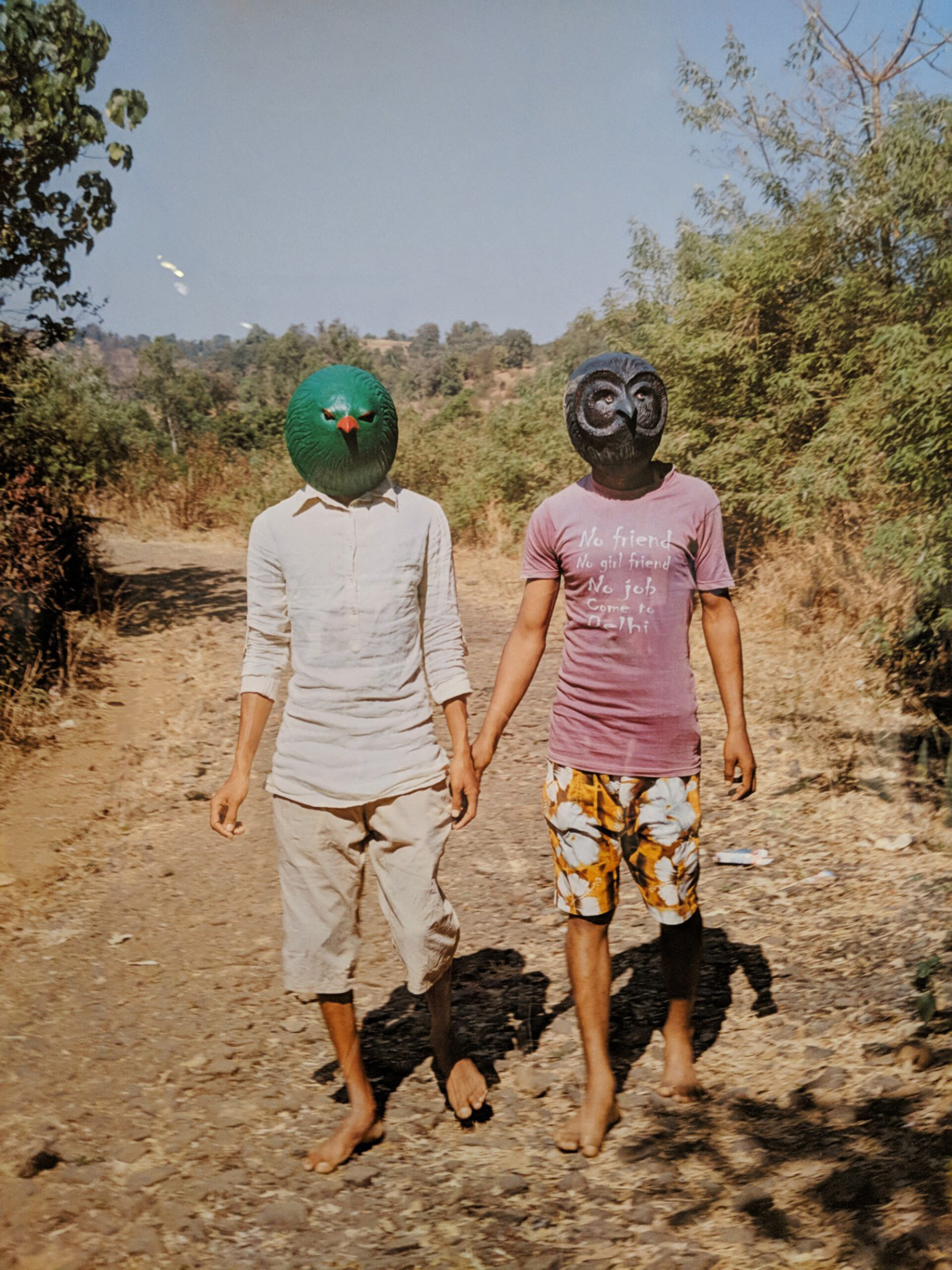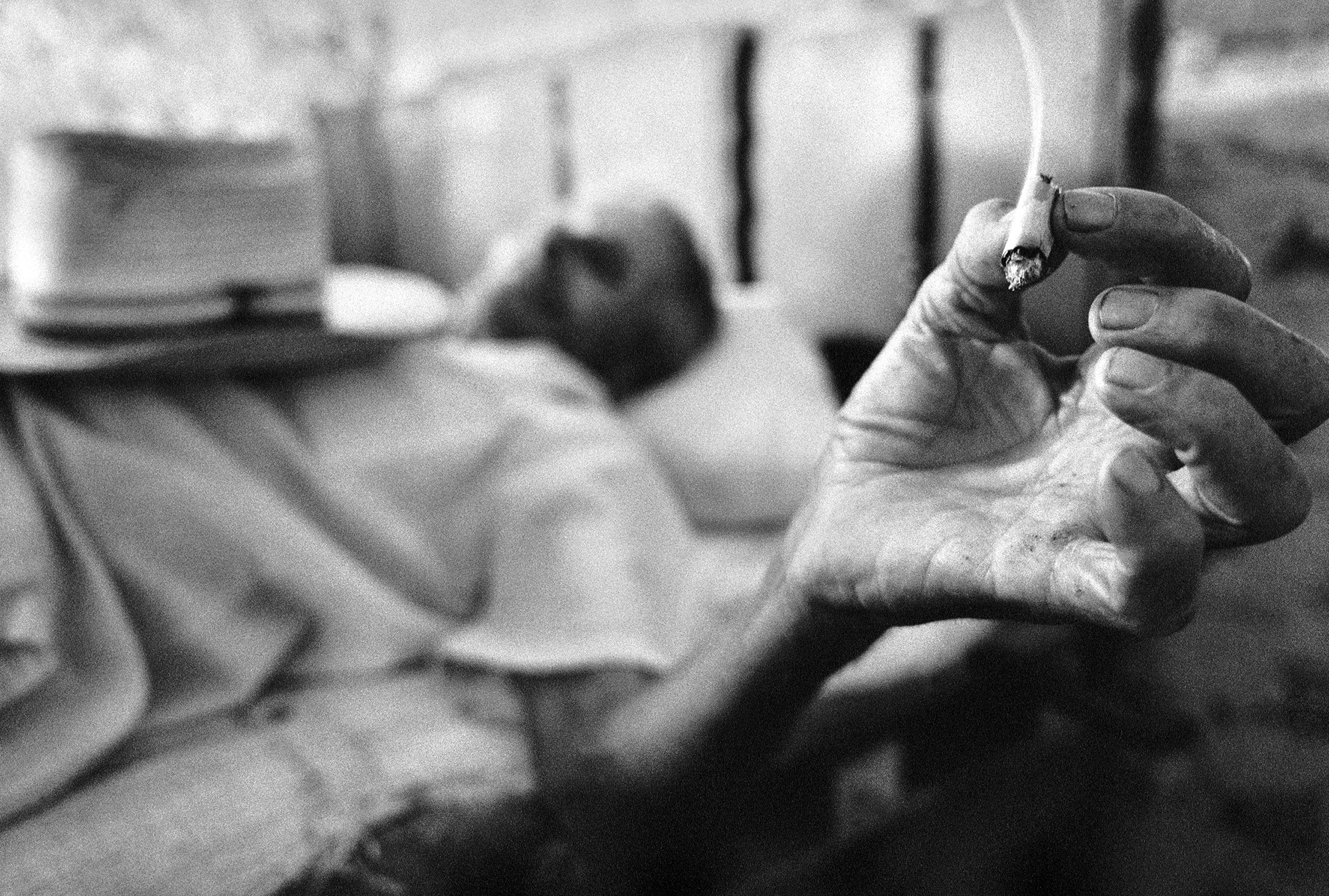Image of the Day
Specially curated
365 Days, 365 Images
of National/International
Photographers
An Image a Day
Let us engage with this
Fascinating Medium that
Breaks all boundaries
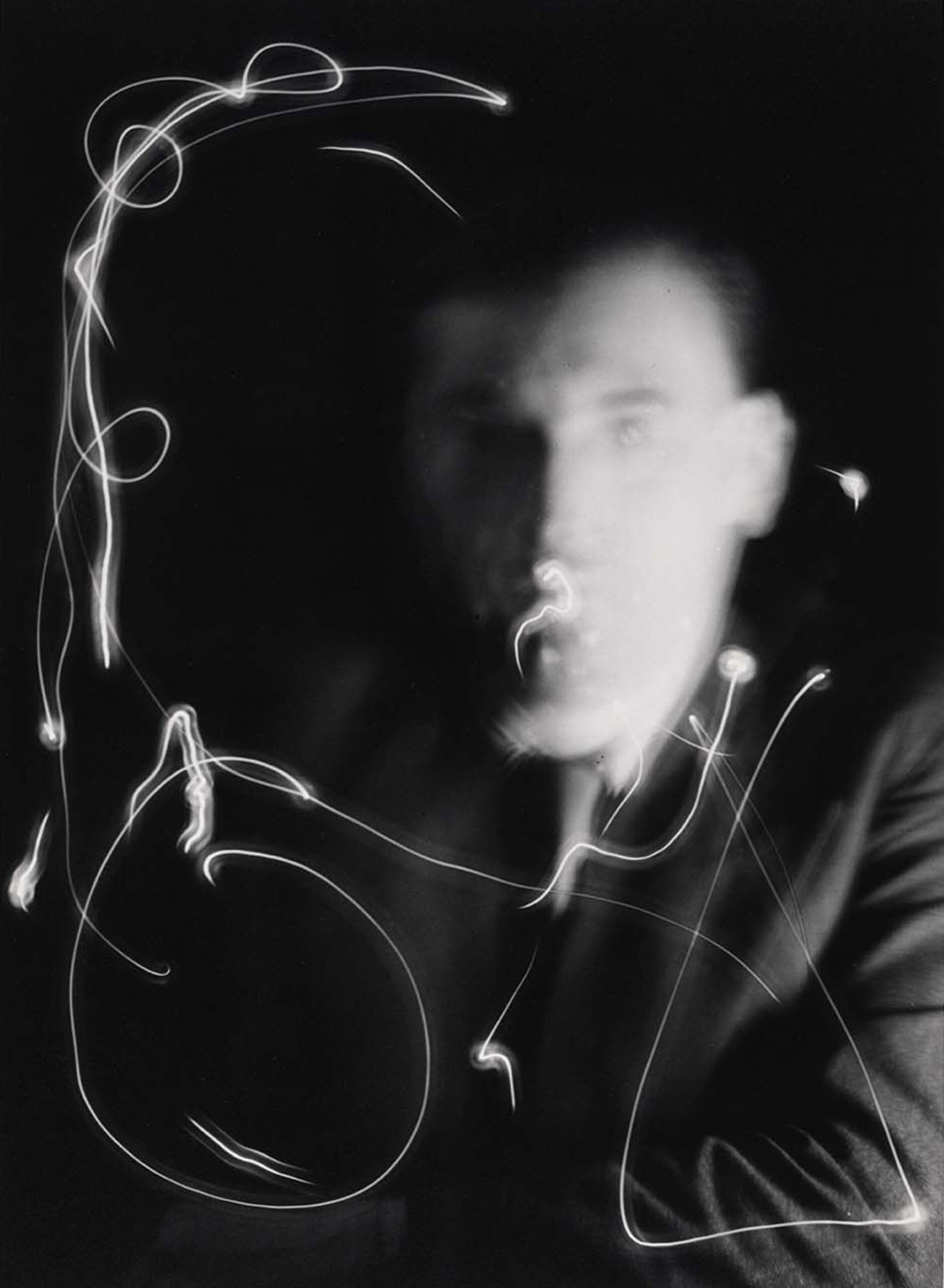
Space Writing, Marcel Duchamp, 1937 © Man Ray | Image source internet
Man Ray
Of course, there will always be those who look only at technique, who ask ‘how’, while others of a more curious nature will ask ‘why’. Personally, I have always preferred inspiration to information.
– Man Ray
Man Ray (Emmanuel Radnitzky; 1890 – 1976) was an American visual artist who spent most of his career in Paris. He was a significant contributor to the Dada and Surrealist movements, although his ties to each were informal. He produced major works in a variety of media but considered himself a painter above all. He was best known for his photography, and he was a renowned fashion and portrait photographer. Man Ray is also noted for his work with photograms, which he called “rayographs” in reference to himself. Man Ray expanded the horizons of photography well beyond its representational means, and through relentless darkroom experimentation, liberated that medium from its place as a mirror to nature. Man Ray’s manipulated images are widely considered the origins of Surrealism in photography, existing in an obscure realm between reality and the subconscious.
The son of Jewish immigrants—his father was a tailor and his mother a seamstress—Radnitzky grew up in New York City, where he studied architecture, engineering, and art, and became a painter. As early as 1911, he took up the pseudonym of Man Ray. Growing up in Brooklyn as an immigrant, Emmanuel Radnitzky stole tubes of paint from a local art supply store, but had no remorse because of the nobility of the cause: “I consider the painting of a picture the acme of human accomplishment.” Man Ray began making photographs in New York in 1915, as a struggling 25-year-old painter. He did this initially merely to document his paintings, but he quickly mastered the techniques, and soon began to earn money by taking portraits. In 1921 Man Ray moved to Paris and became associated with the Parisian Dada and Surrealist circles of artists and writers. Inspired by the liberation promoted by these groups, he experimented with many media. His experiments with photography included rediscovering how to make “cameraless” pictures, or photograms, which he called rayographs. He made them by placing objects directly on light-sensitive paper, which he exposed to light and developed.
What is striking throughout Man Ray Portraits is the realization of the extent to which we have seen Parisian society through Man Ray’s eyes and lens. Not only are the people in his photographs familiar, but so are the images: his portraits of Picasso, Braque, Duchamp, Hemingway, Joyce, Breton, Schoenberg, Stein, and dozens of other luminaries are among the most celebrated and familiar images of these figures. For Man Ray’s portraits, the late ‘20s and the ‘30s brought greater theatricality and playfulness. In 1929, with his lover, photographer, and model Lee Miller, Man Ray also experimented with the technique called solarization, which renders part of a photographic image negative and part positive by exposing a print or negative to a flash of light during development. He and Miller were among the first artists to use the process, known since the 1840s, for aesthetic purposes.
Man Ray also pursued fashion and portrait photography and made a virtually complete photographic record of the celebrities of Parisian cultural life during the 1920s and ’30s. Many of his photographs were published in magazines such as Harper’s Bazaar, Vu, and Vogue. He continued his experiments with photography through the genre of portraiture. Man Ray also made films. In 1940 Man Ray escaped the German occupation of Paris by moving to Los Angeles. Returning to Paris in 1946, he continued to paint and experiment until his death. His autobiography, Self-Portrait, was published in 1963 (reprinted 1999).
In 2017, Man Ray’s Noire et Blanche (1926), was purchased at Christie’s Paris for 2.6 million euros/$3,120,658, becoming the 14th most expensive photograph to ever sell at auction. This was a record not only for Man Ray’s work in the photographic medium but also for the sale at auction of any vintage photographs.
Published on January 11, 2021
See All Image of the Day | 365 days, 365 images
Share
Related Posts
Ethiopia Project | David Goldman
David Goldman is an American photographer. A 1998 graduate of the University of Rhode Island with a bachelor’s degree in journalism and a minor in Spanish, Goldman’s first job was as a staff photographer at the weekly North County Independent newspaper, in Rhode Island.
Kuda et Sky II | Nick Brandt, Kenya 2020
Nick Brandt (born 1964) is an English photographer. The themes in Nick Brandt’s photographic series always relate to the destructive impact that humankind is having on both the natural world and now humans themselves too.
Untitled Michel Vanden Eeckhoudt Photography
Michel Vanden Eeckhoudt (1947-2015) was a Belgian photographer. He co-founded Agence VU’ with Christian Caujolle in 1986. He is represented by the Gallery Camera Obscura in Paris. Belonging to the tradition of reportage and the “decisive moment”, his works have been widely published. His personal works include Belgian competitions and Immigrants in his country.
Untitled | Jean-Marie Donat
Jean-Marie Donat (born in 1962) lives and works in Paris where he runs the independent creative editorial agency AllRight. For over 35 years he has been gathering a vast photographic collection of vernacular photographs focused on delivering a singular reading of the 20th century.
Acts of Appearance | Gauri Gill, 2015
Gauri Gill (born 1970) is an Indian photographer who lives in New Delhi. Gill earned a BFA (Applied Art) from the College of Art, New Delhi; BFA (Photography) from Parsons School of Design/The New School, New York and MFA (Art) from Stanford University, California.
Cuba by Raúl Cañibano
Raúl Cañibano Ercilla is based in Havana. He was born in 1961. One of the younger generation of photographers born after the Revolution, his work focuses on people, everyday life, history and socialism. He has exhibited world-wide and won a major prize in Cuba for a project on the life of rural workers.


